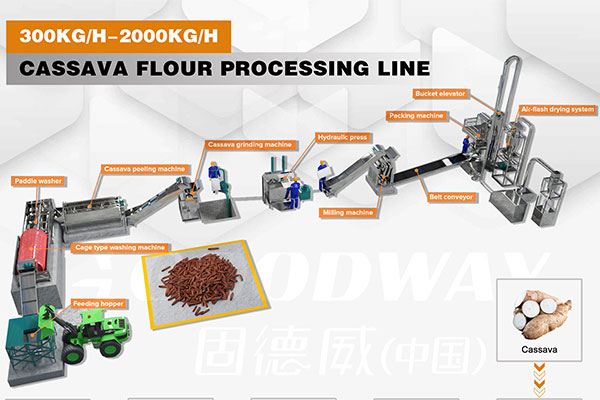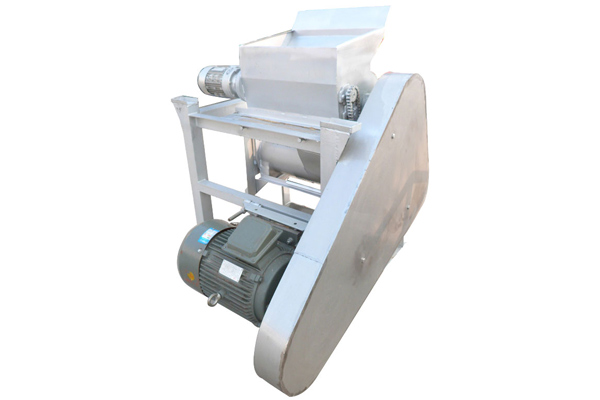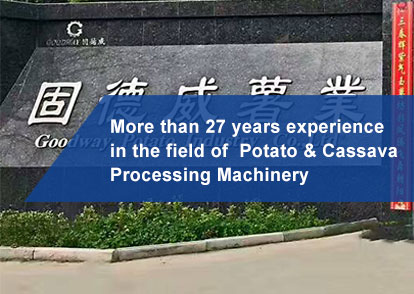First, whether it is pure sweet potato starch. There are many places where corn starch, flour and other substances are added in the sweet potato starch processing, which affects the edibility of sweet potato starch. It can be distinguished by the following methods: pinch a little powder with your thumb and forefinger and twist it back and forth. Pure starch is smooth and delicate, with a little crack. Adulterated starch is rough and stagnant. Water test method: Take a small amount of starch and put it into a glass of water. Stir and let it stand for a moment. Pure starch precipitates quickly, and the water on it is still clear, while the water on adulterated starch is turbid.
Second, whether the starch is pure or not. Sweet potato starch manufacturer in small workshop often can not carry out mechanical cleaning during
starch processing, which makes it contain a lot of sediment, which is an important aspect of affecting the edibility of sweet potato starch.
Third, whether sulphur dioxide exceeds the standard. For sweet potato starch, small and medium-sized starch manufacturers generally do not use sulphur dioxide to process mechanically during starch processing, but some manual workshop owners also fumigate sweet potato starch with sulphur in order to improve the whiteness of starch.
Fourth, whether the water content exceeds the standard. Excessive water content is mainly due to the improper control process in production control or separate packing. Excessive water content will cause starch mildew and deterioration, which is not conducive to human health and the safe storage of starch.
Fifth, whether the starch has a peculiar smell. Nowadays, there are many places where simple sweet potato starch processing is processed by acid slurry method. The acid slurry itself is harmless but can accelerate starch precipitation and improve starch whiteness. However, the application of acid slurry method is influenced by too many human factors, which is often not easy to control and makes starch sour. Another case is that wet starch is acidified for too long, but acidified starch generally does not affect food. It can be soaked in water and precipitated to remove part of the acidity.
Sixth, whether the protein content is qualified. Protein mainly reflects the separation of protein in raw materials. It is generally required in industry, pharmaceuticals or food processing industries with higher requirements, but not for general use. Protein separation uses cyclone or concentrator and protein separator.

 EN
EN
 fr
fr  es
es  it
it  pt
pt 







